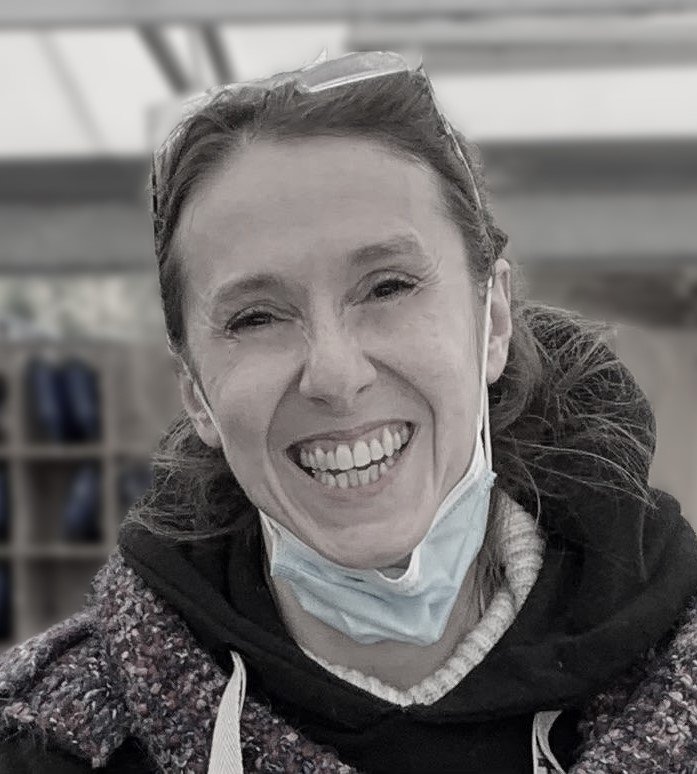Osteopathy FAQs
How many appointments will I need?
The most common number of appointments for a patient is four. On average, patients have seven appointments, but this is usually over a longer time period and for two or more different conditions.
Are there side effects?
Like all treatments, there is a risk of side effects. Approximately half of all manual therapy patients experience some mild to moderate short-lived reaction to treatment, such as soreness or aching in the area that was treated. Serious side-effects are extremely rare - occurring in 1-2 patients per 100,000, which is about the same as the risk of dying from a bee or wasp sting.
Does osteopathy work?
In a study of 1700 UK patients:
After 1 week, 89% of patients report some level of improvement in their symptoms
At six weeks 96% of osteopathic patients report improvement or recovery
96% of osteopathic patients said they were satisfied or very satisfied with their care
Which conditions can osteopathy treat?
Common problems that we treat are ongoing complaints like back ache, osteoarthritis and fibromyalgia; activity-related injuries and RSIs such as runner’s knee and tennis elbow; tension-related issues such as neck pain and headaches; for general aches and pains from stiff joints, tight muscles and old injuries; and for ‘prehab’ - mobility maintenance prior to joint replacements and other surgeries.
(The full list of conditions includes arthritic pain; backache; circulatory problems; cramp; digestion problems; fibromyalgia; frozen shoulder; lateral epicondylitis; cervicogenic headaches; joint pain including hip and knee pain from osteoarthritis; lumbago; migraine prevention; muscle spasms; muscle and joint pain associated with driving, work or pregnancy; neck pain; neuralgia; sports injuries; tension and inability to relax; rheumatic pain; and sciatica.)
“Always very attentive to particular needs, Elizabeth has been really helpful in alleviating shoulder and ankle pain.”
- Henry M.
What’s the difference between an osteopath and a chiropractor?
These are both registered manual therapy professions, where the therapist will use their hands and movement, rather than medicines or surgery, for health and recovery.
Chiropractors focus their work on people’s spine, pelvis and skull, to help with bones or joints problems.
Osteopaths work on the skeleton, muscles, joints and other tissues in all areas of the body, for rehab, mobility, and management of long-term conditions. Osteopathy is recognised by the NHS as an allied health profession.
What age groups do osteopaths treat?
We treat pregnant women, babies, children, and adults of all ages. About 13% of patients are 18 or under, and about 12% are 70 or older.
Lutterworth, December 2020



